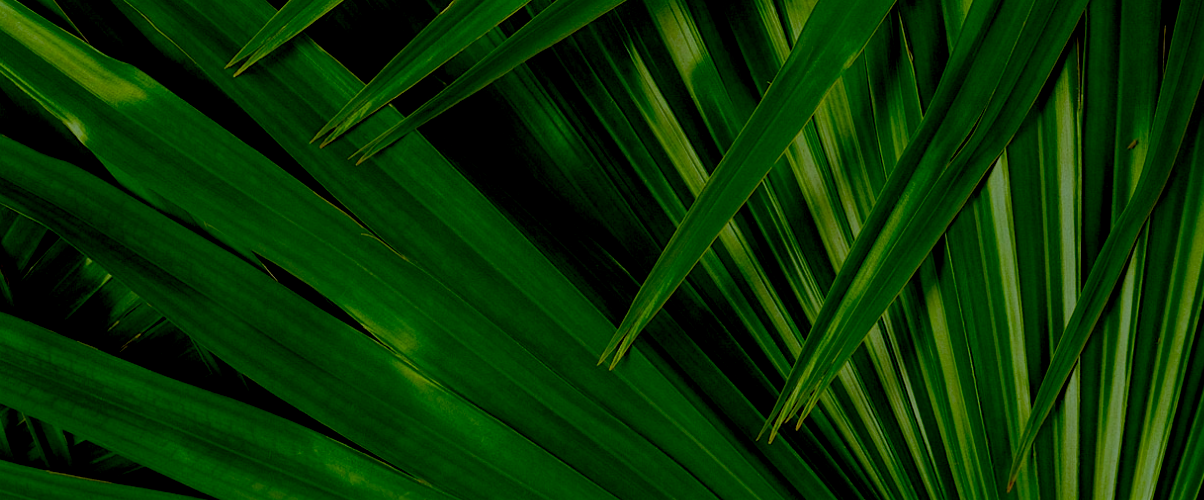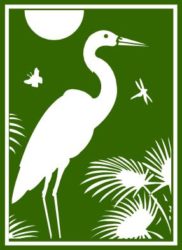our services
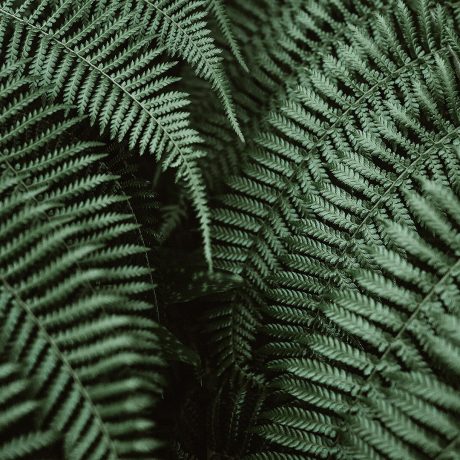
landscape design
We provide conceptual drawings, full plantings & hardscape installations for Southern Florida residents.
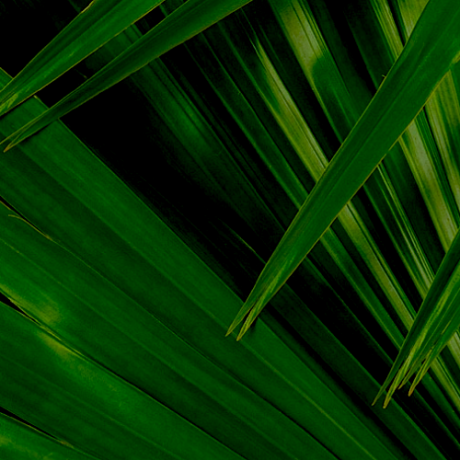
interiors
Bring the beauty of nature into your office or commercial building with help from Green Thumb.
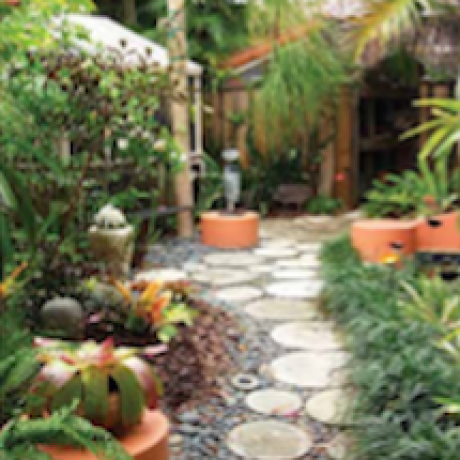
consulting
We bring decades of experience and extensive education and training to every consultation. We believe in life long learning and continually build our skills using the latest techniques in horticulture.
benefits of native plants
The continental U.S. has 150 million acres of habitat and farmland now converted into urban sprawl. The modern obsession with highly manicured “perfect” lawns alone has created a green, monoculture carpet across the country that covers over 40 million acres. The landscape dominated by human innovation no longer supports functioning ecosystems, and the remaining isolated natural areas are no longer large enough to sustain local wildlife.
Low Maintenance
Once established, native plants generally require little maintenance. A patch of habitat becomes part of a collective effort to nurture and sustain the living landscape for birds and other animal species.
Abundant Color
Many native plants offer beautiful showy flowers, produce abundant colorful fruits and seeds, and brilliant seasonal changes in colors from the pale, thin greens of early spring, to the vibrant yellows and reds of autumn.
Help the Environment
The use of native plants in landscaping can be a strong combatant of climate change. Natives help reduce carbon pollution from lawn mower exhaust, as many native plants, especially decades old oak and maple trees are effective in mitigating greenhouse gas carbon dioxide.
Water Conservation
Native plants require far less water as they are adapted to the local environmental conditions, thereby saving time, money, and perhaps the most valuable natural resource, water.
Ecological Benefits
On average, the traditional suburban lawn contains 10 times more chemical pesticides per acre than farmland. Manicured lawns and bark-mulched landscapes require large amounts of artificial and synthetic chemicals to keep them looking immaculate while impacting the water below. By reducing the use of pesticides and weed killers by choosing native plants for your landscaping you help to support wildlife and local communities.
Wildlife Habitat
In addition to providing vital habitat for birds, other species of wildlife benefit as well. Butterflies, dragonflies, and moths, including monarchs, swallowtails, which all depend on very specific native plant species called Milkweed. Native plants provide nectar for pollinators including hummingbirds, bees, butterflies, moths, and other species. They provide protective shelter for many mammals and provide nuts, seeds, and fruits to offer essential foods for local wildlife.
